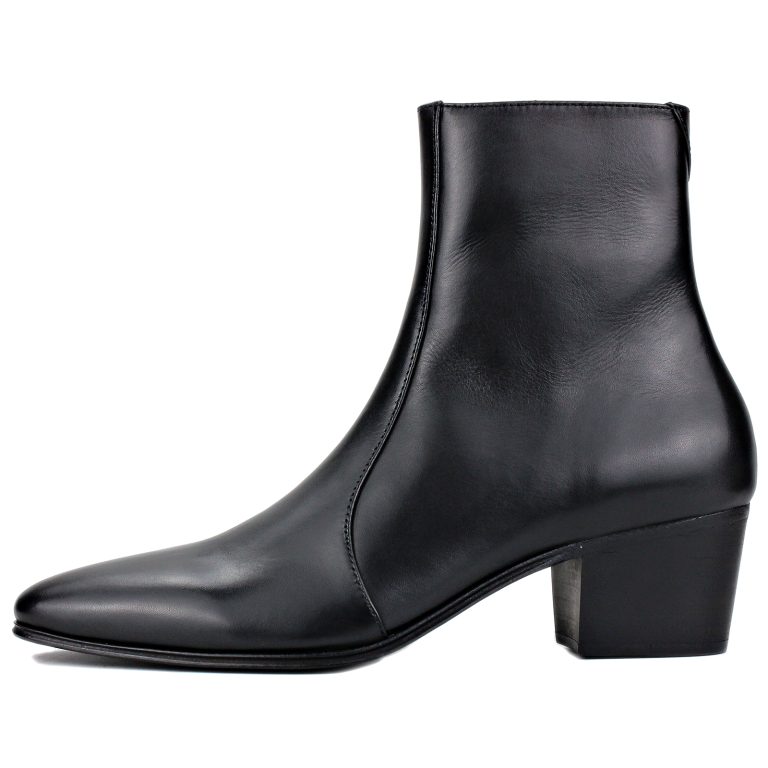Introduction to Waterproof Boots for Men
Waterproof boots for men are more than just a fashion statement. They are essential footwear for various activities and environments. From hiking in the wilderness to commuting in a rainy city, these boots offer protection and style. This comprehensive guide explores their history, features, types, and benefits. We’ll also cover how to choose the right pair and maintain them for long-lasting use.
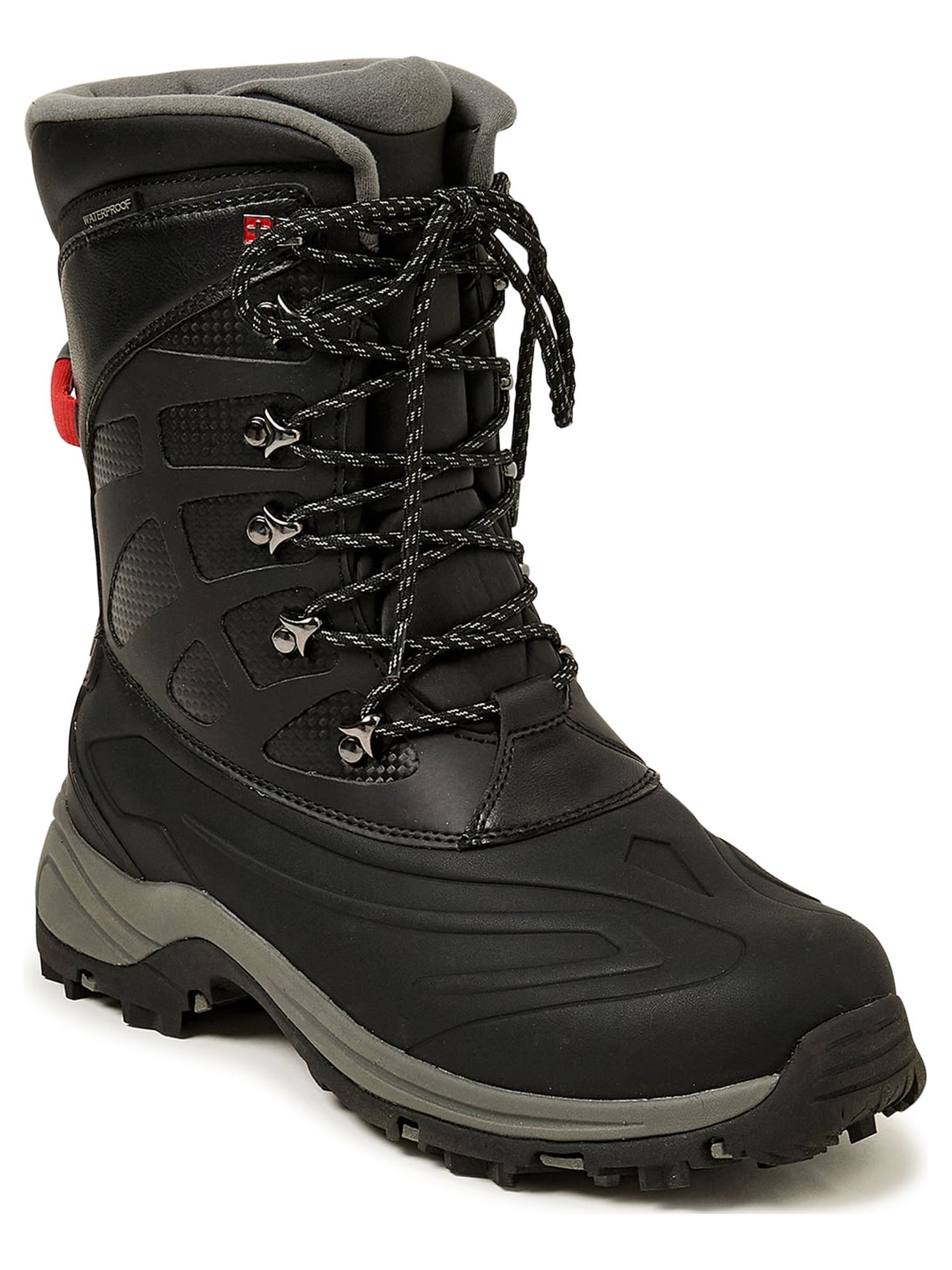
The History and Evolution of Waterproof Boots
The Origins of Waterproof Boots
Waterproof boots have a long history. Initially, people used natural materials like animal hides and treated them with oils to repel water. Indigenous cultures, such as the Inuit, crafted waterproof boots with seal skin. These early innovations laid the groundwork for modern waterproof footwear.
The Industrial Revolution and Modern Materials
The Industrial Revolution brought significant advancements. Manufacturers began using rubber, which offered excellent waterproofing properties. Charles Goodyear’s vulcanization process in the 19th century revolutionized rubber production. This innovation led to the mass production of waterproof boots, making them more accessible to the general public.
The Evolution to Modern Designs
Today’s waterproof boots are a result of continuous innovation. Modern designs incorporate advanced materials like Gore-Tex and Thinsulate. These materials provide waterproofing and insulation without compromising on breathability. The evolution also includes ergonomic designs that prioritize comfort and support.
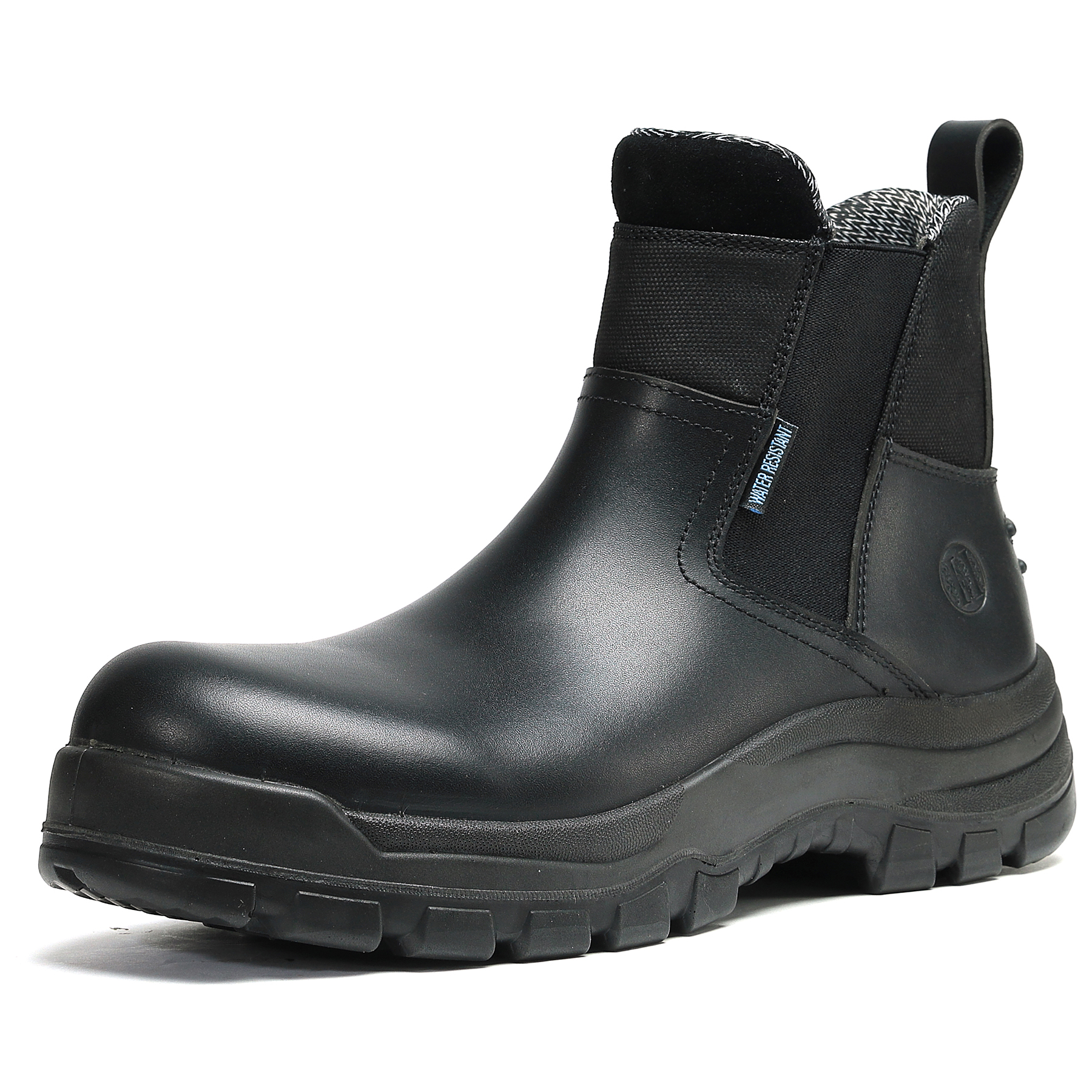
Key Features of Waterproof Boots for Men
Advanced Materials and Technologies
Modern waterproof boots utilize advanced materials. Gore-Tex is one of the most popular, known for its waterproof yet breathable properties. Thinsulate provides excellent insulation, making the boots suitable for cold weather. Other materials like rubber and synthetic blends offer durability and flexibility.
The Role of Membranes
Membranes play a crucial role in waterproof boots. These thin layers are embedded within the boot’s structure. They block water from entering while allowing moisture to escape. This keeps the feet dry and comfortable, even during strenuous activities.
Durable Construction
Durability is a key feature of waterproof boots. High-quality stitching and sturdy soles enhance their lifespan. The construction often includes reinforced toe caps and heel counters for added protection. These elements ensure the boots can withstand harsh conditions.
The Importance of Sealed Seams
Sealed seams are essential in waterproof boots. Regular stitching can allow water to seep through. Sealed seams use waterproof tape or glue to block any potential entry points. This feature ensures the boots remain waterproof even in heavy rain or snow.
Comfort and Fit
Comfort is crucial in waterproof boots. A good fit prevents blisters and foot fatigue. Many boots feature cushioned insoles and padded collars for added comfort. Proper arch support and shock-absorbing midsoles enhance overall wearability.
The Significance of Right Sizing
Choosing the right size is vital. Boots that are too tight can cause discomfort and restrict circulation. Conversely, loose boots can lead to blisters and instability. It’s essential to try on boots with the socks you plan to wear and ensure there’s enough room for toe movement.
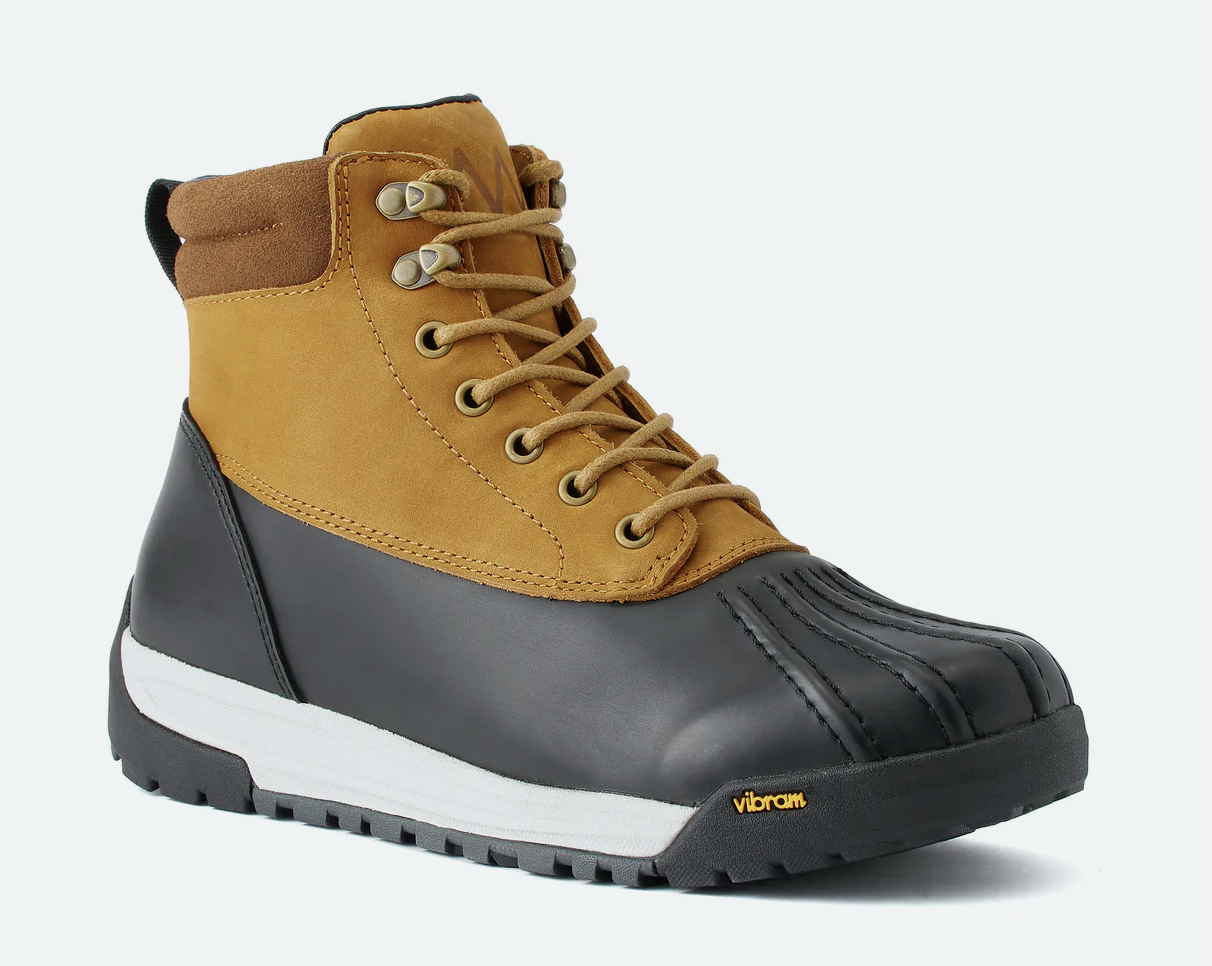
Types of Waterproof Boots for Men
Hiking Boots
Hiking boots are specifically designed for outdoor adventures. They offer excellent grip and ankle support. Waterproof hiking boots ensure dry feet even when crossing streams or trekking through wet terrain. Their rugged construction also provides durability.
Features to Look For
Look for boots with durable outsoles, such as Vibram. These provide excellent traction on various surfaces. A high-cut design offers better ankle support, which is crucial for rough terrains. Ensure the boots have a good lacing system for a secure fit.
Work Boots
Waterproof work boots are essential for various professions. They offer protection against wet environments, chemicals, and heavy impacts. Steel-toe caps and slip-resistant soles are common features. These boots prioritize safety without compromising on comfort.
Industry-Specific Designs
Different industries require specific features. Construction workers benefit from steel-toe caps and puncture-resistant soles. Electricians require boots with non-conductive materials. Choose work boots that meet the safety standards of your profession.
Casual Boots
For everyday use, casual waterproof boots are perfect. They combine style and functionality. These boots are ideal for commuting, running errands, or casual outings. Their versatile design allows them to be paired with various outfits.
Fashion Meets Function
Casual waterproof boots come in various styles, from sleek leather designs to rugged synthetic options. Choose a style that suits your aesthetic while ensuring it meets your waterproofing needs. Brands like Timberland and Clarks offer stylish yet functional options.
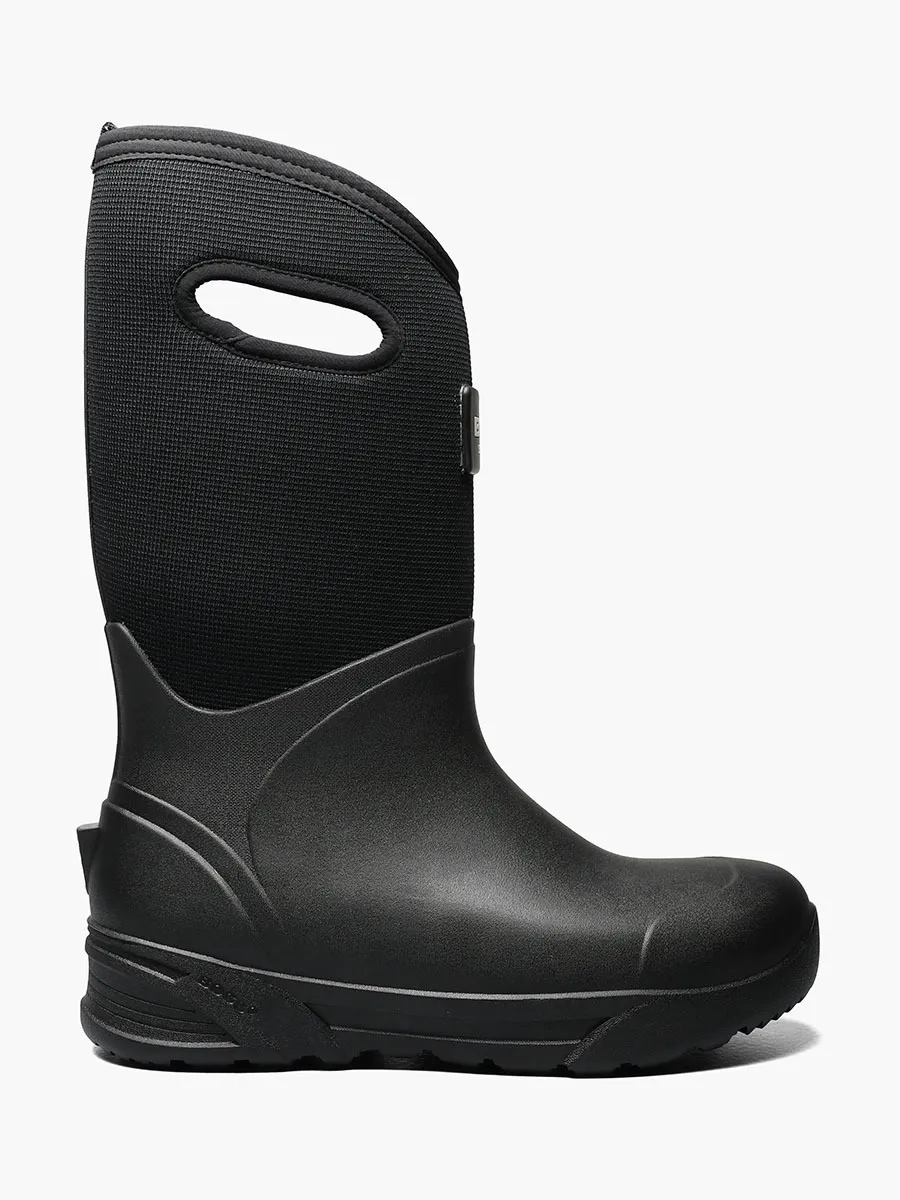
Benefits of Waterproof Boots
Protection and Safety
Waterproof boots provide vital protection. They keep your feet dry, preventing conditions like trench foot. In cold weather, insulated waterproof boots protect against frostbite. Safety features like steel-toe caps guard against workplace hazards.
Preventing Health Issues
Wet feet can lead to various health issues, including fungal infections and blisters. Waterproof boots prevent water from seeping in, ensuring your feet remain dry and healthy. This is especially important during prolonged outdoor activities or in wet working conditions.
Enhanced Comfort
Comfort is a significant benefit. Modern waterproof boots are designed with ergonomics in mind. Features like cushioned insoles and padded collars enhance comfort. Proper arch support reduces foot fatigue during long walks or strenuous activities.
The Role of Breathability
Breathable materials prevent moisture buildup inside the boots. This reduces the risk of fungal infections and odors. Boots with breathable membranes like Gore-Tex allow moisture to escape while keeping water out, ensuring optimal comfort.
Versatility and Style
Waterproof boots are versatile. They are suitable for various activities, from hiking to everyday wear. Modern designs offer a range of styles, ensuring you don’t have to compromise on fashion. Whether you prefer a rugged or sleek look, there’s a waterproof boot for you.
Adapting to Different Environments
Waterproof boots adapt to various environments. Whether you’re hiking in the mountains, working on a construction site, or strolling through the city, these boots provide reliable protection and comfort. Their versatility makes them a valuable addition to any wardrobe.
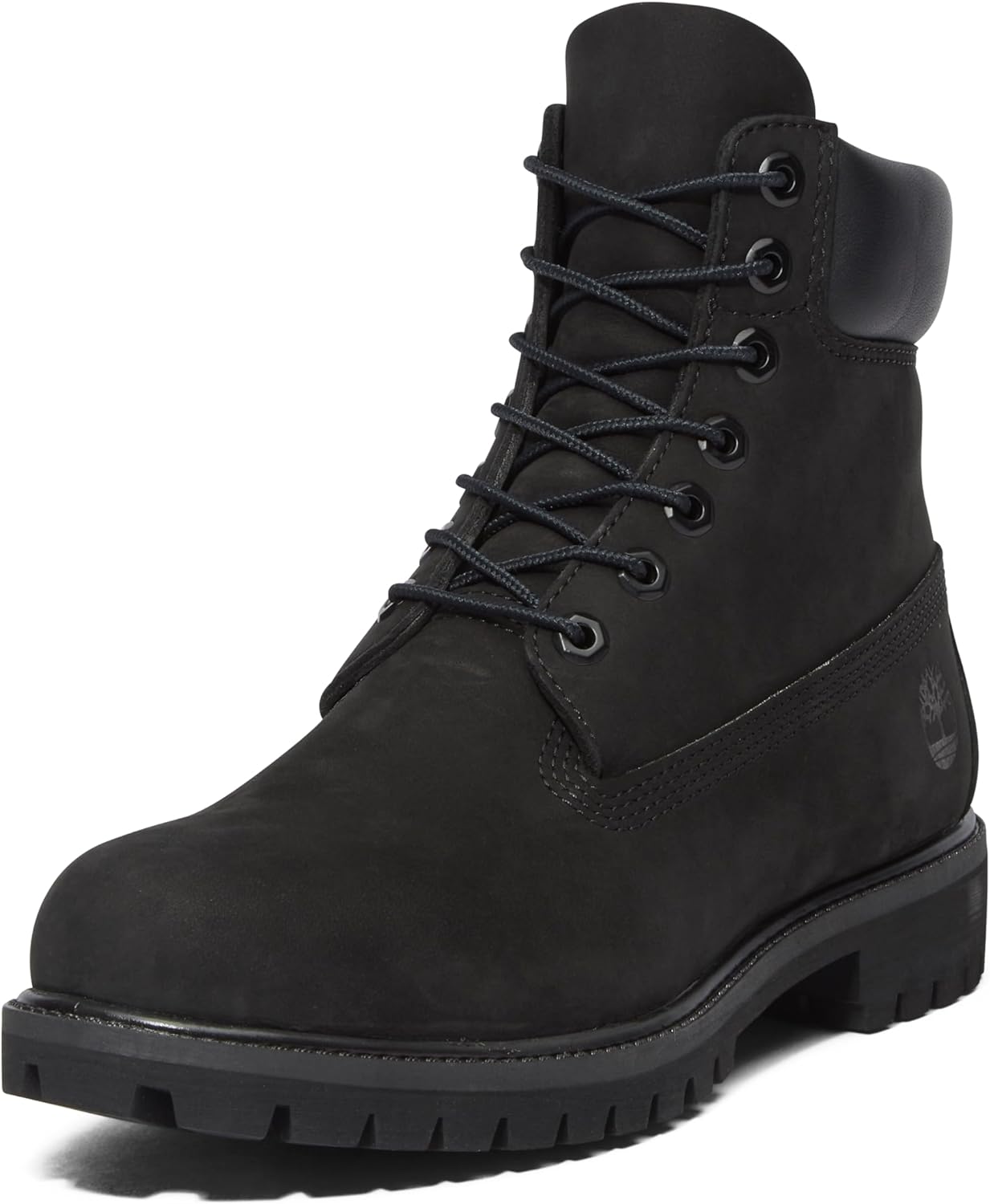
How to Choose the Right Pair of Waterproof Boots
Assess Your Needs
The first step in choosing the right waterproof boots is assessing your needs. Consider the primary activities you’ll be using them for. Hiking boots and work boots have different features suited to their respective uses. Identify the essential features you need, such as insulation, durability, and comfort.
Matching Features to Activities
Different activities require specific features. For hiking, prioritize traction and ankle support. For work, look for safety features like steel-toe caps. Casual use may focus more on style and general comfort. Matching the features to your activities ensures you get the best performance from your boots.
Focus on Fit and Comfort
Fit and comfort are crucial. Try on the boots with the socks you plan to wear regularly. Ensure there’s enough space for toe movement while maintaining a snug fit around the ankle and midfoot. Don’t compromise on comfort, as improper fit can lead to foot issues and discomfort.
In-Store vs. Online Shopping
While online shopping offers convenience, trying on boots in-store can provide a better sense of fit and comfort. If purchasing online, consider brands and models you have tried before. Check return policies in case the boots don’t fit as expected.
Consider the Materials
Materials play a significant role in the performance of waterproof boots. Leather offers durability and a classic look, while synthetic materials are often lighter and more affordable. Consider the pros and cons of each material and choose according to your preferences and needs.
The Importance of Waterproof Membranes
Waterproof membranes, such as Gore-Tex, are essential for keeping water out while allowing breathability. Ensure the boots you choose have reliable waterproof membranes. This feature is crucial for maintaining dry and comfortable feet in wet conditions.
Budget and Value
Budget is an important factor, but don’t compromise on quality. High-quality waterproof boots are an investment. They offer better durability, comfort, and performance. Consider the cost per wear to understand the value of your purchase. Investing in a good pair can save you money in the long run.
Balancing Cost and Quality
While high-end brands often offer excellent features and durability, some mid-range options also provide good value. Research customer reviews and expert recommendations to find the best boots within your budget. Balancing cost and quality ensures you get reliable boots without overspending.
Maintenance and Care of Waterproof Boots
Regular Cleaning
Maintaining waterproof boots starts with regular cleaning. Remove dirt and debris after each use. Use a soft brush or cloth and mild soap for cleaning. Avoid harsh chemicals that can damage the materials.
Cleaning Tips for Different Materials
Different materials require specific cleaning methods. For leather boots, use a dedicated leather cleaner and conditioner. For synthetic materials, mild soap and water are usually sufficient. Always follow the manufacturer’s guidelines for cleaning to avoid damaging the boots.
Conditioning and Waterproofing
Conditioning the boots keeps the material supple and prevents cracking. Use products designed for the specific material of your boots. Reapply waterproofing treatments periodically to maintain their water-resistant properties. This ensures the boots remain effective in repelling water.
Selecting the Right Products
Choose conditioning and waterproofing products suited to your boots’ materials. For leather, beeswax-based conditioners are effective. For synthetic materials, opt for sprays designed for synthetics. Consistent conditioning and waterproofing maintain the boots’ performance and lifespan.
Proper Storage
Proper storage prolongs the life of your waterproof boots. Store them in a cool, dry place away from direct sunlight. Use boot trees to maintain their shape. Avoid storing them in damp or humid environments, as this can lead to mold and material degradation.
Handling Wet Boots
If your boots get wet, dry them naturally at room temperature. Avoid direct heat sources like radiators or heaters, as these can damage the materials. Stuff the boots with newspaper to absorb moisture and help maintain their shape during drying.
Rotating Your Footwear
Rotating your footwear extends the life of each pair. Avoid wearing the same boots every day. Give them time to air out and recover between uses. This practice reduces wear and tear and maintains the boots’ performance and comfort.
The Benefits of Rotation
Rotating your boots prevents excessive wear on specific areas. It also allows the materials to regain their shape and flexibility. This practice ensures your waterproof boots remain comfortable and durable over the long term.
Conclusion
Waterproof boots for men are a vital addition to any wardrobe. They offer protection, comfort, and style, making them suitable for various activities and environments. Understanding their history, features, and benefits helps you make an informed choice. Proper maintenance ensures they stay in top condition, providing long-lasting performance. Whether you’re hiking, working, or simply navigating a rainy day, a good pair of waterproof boots is essential. Investing in quality and taking care of them ensures you enjoy their benefits for years to come.
